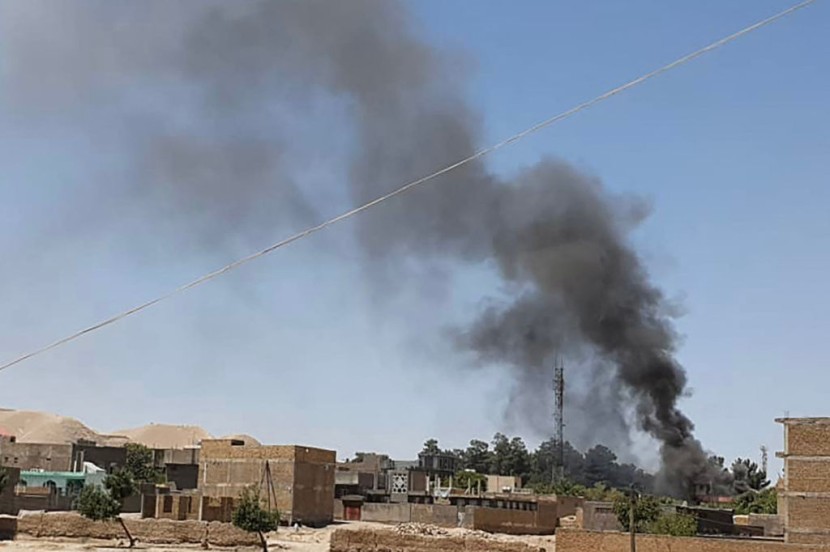Multiple defense sources claimed the US military carried out two attacks on the Taliban in Kandahar province overnight in support of Afghan troops, targeting seized equipment.

Strikes Against Taliban Fighters
In a recently published article in CNN News, in the last 30 days, the US military has carried out about six or seven strikes, most of which were carried out using drones. According to a separate military source, the US used to conduct attacks in support of Afghan troops on a more regular basis.
During the last phases of US troop departure, the military has maintained the ability to carry out attacks in support of the Afghan National Defense and Security Forces (ANDSF), although the tempo of these strikes has slowed down in recent weeks.
According to an official, three of the previous four attacks have targeted seized equipment. This includes US weaponry that was handed to the ANDSF and was subsequently seized by the Taliban as it marched throughout the nation.
This new event demonstrates the Taliban's success as it advances throughout the nation, driving the Afghan forces back and seizing large swathes of land as the US draws closer to the conclusion of its pullout, according to a recently published article in VOA News.
Taliban Fighters Held 212 Districts
General Mark Milley, chairman of the Joint Chiefs of Staff, stated on Wednesday that the Taliban controlled around 212 of the country's 419 districts. Even though the Taliban had not taken any of the 34 provincial capitals, Milley claimed the Taliban had encircled half of them to isolate major population centers.
In a recently published article in Local News8, Milley said that the Afghan military was concentrating its troops to defend provincial capitals and Kabul. Milley said that the Eid vacation has caused a pause in the fighting, but that the situation throughout the nation would become clearer after the holiday.
He also said that there is the potential of a full Taliban takeover, as well as a variety of alternative eventualities, such as collapse, warlordism, and a variety of other possibilities. Milley added that they are keeping a careful eye on things, and he does not believe the final game has been written yet.
Withdrawal of the U.S. Troops Almost Complete
The US Central Command, which is in control of Afghanistan, recently said that the departure of US troops had reached 95% completion. The pullout, according to President Joe Biden, will be completed by the end of August, according to a published article in Business Insider.
Meanwhile, approximately 650 soldiers are expected to stay in Afghanistan to protect the US diplomatic presence, including the embassy, as well as to help in the security of Kabul's international airport, which is a vital facility for diplomats.
As the military departure from Afghanistan nears completion, the Senior U.S. General in Afghanistan stepped down earlier this month. In a ceremony two weeks ago in Kabul, Gen. Austin Scott Miller handed over command authority to Gen. Kenneth McKenzie, the commander of US Central Command. The handover of command authority is a critical step towards the US military's exit from Afghanistan.
Miller mentioned the increasing bloodshed caused by Taliban assaults as he handed over leadership duties, emphasizing that it would not assist in the creation of a political deal with the Afghan government.
Related Article : US Troops Afghanistan Withdrawal: It Has Began, Top General Says
© 2025 HNGN, All rights reserved. Do not reproduce without permission.








